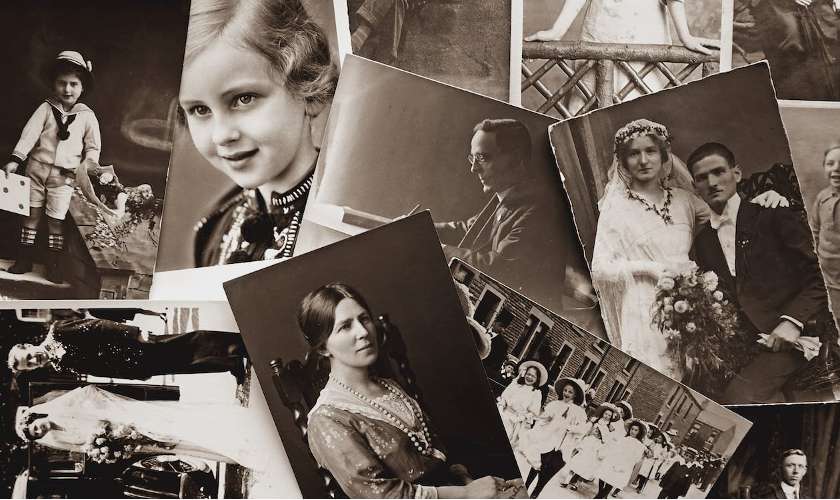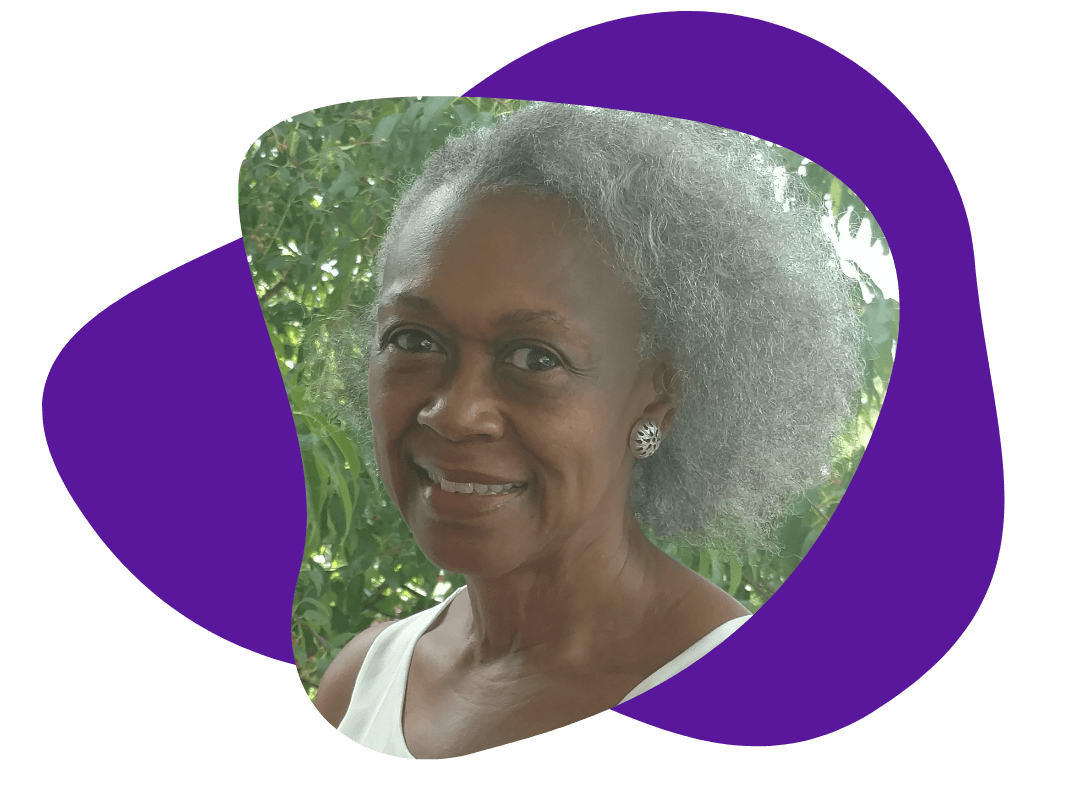8 Simple Mistakes That Are Ruining Your Memoir—And How to Fix Them
April 16, 2025
So, you’ve finally finished writing your memoir. After all the blood, sweat, and tears, you should be proud.
Instead, you’re convinced your manuscript isn’t good enough for anything but staying hidden in your drawer.
I’ve been there.
After completing the first draft of my memoir about the death of my father, I realized I wasn’t happy with it. The structure felt off, and the story wasn’t as compelling as I had hoped.
But instead of giving up on all that hard work, I figured out how to save it—and you can, too.
Writing a compelling memoir becomes easier when you understand a few key storytelling techniques. By identifying common mistakes and applying some practical fixes, your memoir can become stronger than ever.
8 Simple Mistakes That Are Ruining Your Memoir
1. You’re Not Being Vulnerable Enough
In Bird by Bird, Anne Lamott offers advice every memoirist should hear:
“If something inside of you is real, we will probably find it interesting, and it will probably be universal…
Write straight into the emotional center of things. Write toward vulnerability. Risk being unliked. Tell the truth as you understand it.”

Memoir coach Ryan Van Cleave echoes this in Memoir Writing For Dummies:
“Don’t shy away from difficult emotions. Vulnerability adds depth.”
Readers want to feel what you felt. A bland, factual account won’t move anyone. Show your heartbreak. Let us in on your joy. Make us cry, laugh, and cringe with you. That’s the power of story.
2. There’s No Central Idea or Theme
A great memoir has a clear theme.
Whether it’s your experience growing up as the only girl in your math class or your journey to becoming the world’s greatest mountain climber, you need a central message—and you must stick to it.
As editor Jessi Rita Hoffman puts it, “In a memoir, you take a slice from your life… Write about that, pretty much ignoring the rest.”
Avoid trying to cover everything. Van Cleave suggests asking yourself:
- What underlying message does your story convey?
- What were your biggest internal struggles?
You may not even know your theme until you finish your first draft—and that’s okay. That’s what revision is for.
3. Your Characters Seem Uninteresting
Remember: the narrator in a memoir is a character, too.

One of my early beta readers told me my narrator seemed immature and spoiled—ouch!
But instead of taking offense, I used the feedback to refine how I portrayed myself.
Pixar artist Emma Coats advises, “You admire a character for trying more than for their successes.”
Make your characters (especially yourself) relatable and real. Give them opinions, flaws, and arcs. As Anne Lamott famously said, “If people wanted you to write warmly about them, they should have behaved better.”
Just be cautious of libel, as Van Cleave reminds us.
4. The Plot Has No Structure
Even memoirs need plot structure.
Christopher Booker, in The Seven Basic Plots, emphasizes the protagonist’s journey toward self-realization. That arc needs to be clear.
Use classic storytelling tools like:
- Pixar’s story formula:
- Once upon a time there was ___. Every day, ___. One day ___. Because of that, ___. Until finally ___.
- The Three Act Structure:
- Act I: Inciting incident
- Act II: Rising action, conflict
- Act III: Resolution, transformation

Van Cleave also recommends using the traditional story pyramid: exposition, rising action, climax, falling action, conclusion.
Try mapping out your scenes on flashcards and rearranging them until your story flows.
5. There’s No Effective Resolution
Every story needs an ending—even if life continues beyond the last page.
The beauty of structure is that it shows you when your story needs to wrap up. Emma Coats even recommends writing the ending first.
Van Cleave suggests asking: Who did I become through this experience? Maybe the ending is when you accepted that version of yourself. Or maybe it’s when you finally saw your journey with new eyes.
6. The Chronology Is Confusing
You might know your story’s timeline like the back of your hand—but your reader doesn’t.

Help them out by adding signposts: chapter headers with dates and locations, or contextual clues early in each scene.
And remember: you don’t have to write chronologically. Just make it clear where the reader is in time.
Flashbacks and nonlinear structures can work beautifully if done with intention.
Memoirs are personal—but they’re not private. You’re writing for someone. Who?
7. You Don’t Have an Ideal Reader in Mind
Imagine your ideal reader. It could be a close friend, a version of yourself, or even a complete stranger who has shared your experience.
When I wrote my memoir, I imagined a twenty-something woman who had also lost her father. Keeping her in mind helped me stay focused, emotionally honest, and true to the story I wanted to tell.
Knowing your reader helps shape your tone, pace, and voice.
8. You Forgot to Show Instead of Tell
Autobiographical writing can drift into journaling if you’re not careful. As Jessi Rita Hoffman explains, “When we journal, we write for ourselves. When we memoir, we write for others.”
Readers don’t want a report. They want immersion.
Don’t just say, “I was happy.”
Show us: “My pulse quickened, my stomach fluttered, and a grin stretched across my face.”

Use sensory details. Van Cleave says it best:
“Engage the reader’s senses—what did you see, hear, smell, taste, touch?”
Make us feel like we were there.
Steps Going Forward
Now that your story is on the page, it’s time to refine, reflect, and get ready for the next phase.
🕐 Take a Time-Out
After finishing your first draft, put it away. Rest. Gain some distance. Then come back with fresh eyes.
🧠 Get Help: Beta Readers and Ghostwriters
Beta readers (paid or unpaid) can offer insights that friends and family might miss. They’ll tell you if the timeline is confusing, if your characters feel flat, or if your ending lacks punch.
Ghostwriters can help with the heavy lifting, shaping your story into a powerful manuscript while preserving your voice.
Final Thoughts
Don’t get discouraged if your memoir doesn’t feel “done” yet. You’re not alone.
These mistakes are common—but they’re all fixable. Writing a strong memoir isn’t about being perfect from the start. It’s about editing, refining, and staying true to the story you want to tell.
With a little structure, a lot of heart, and a willingness to revise, your memoir can become the powerful story it was always meant to be.































